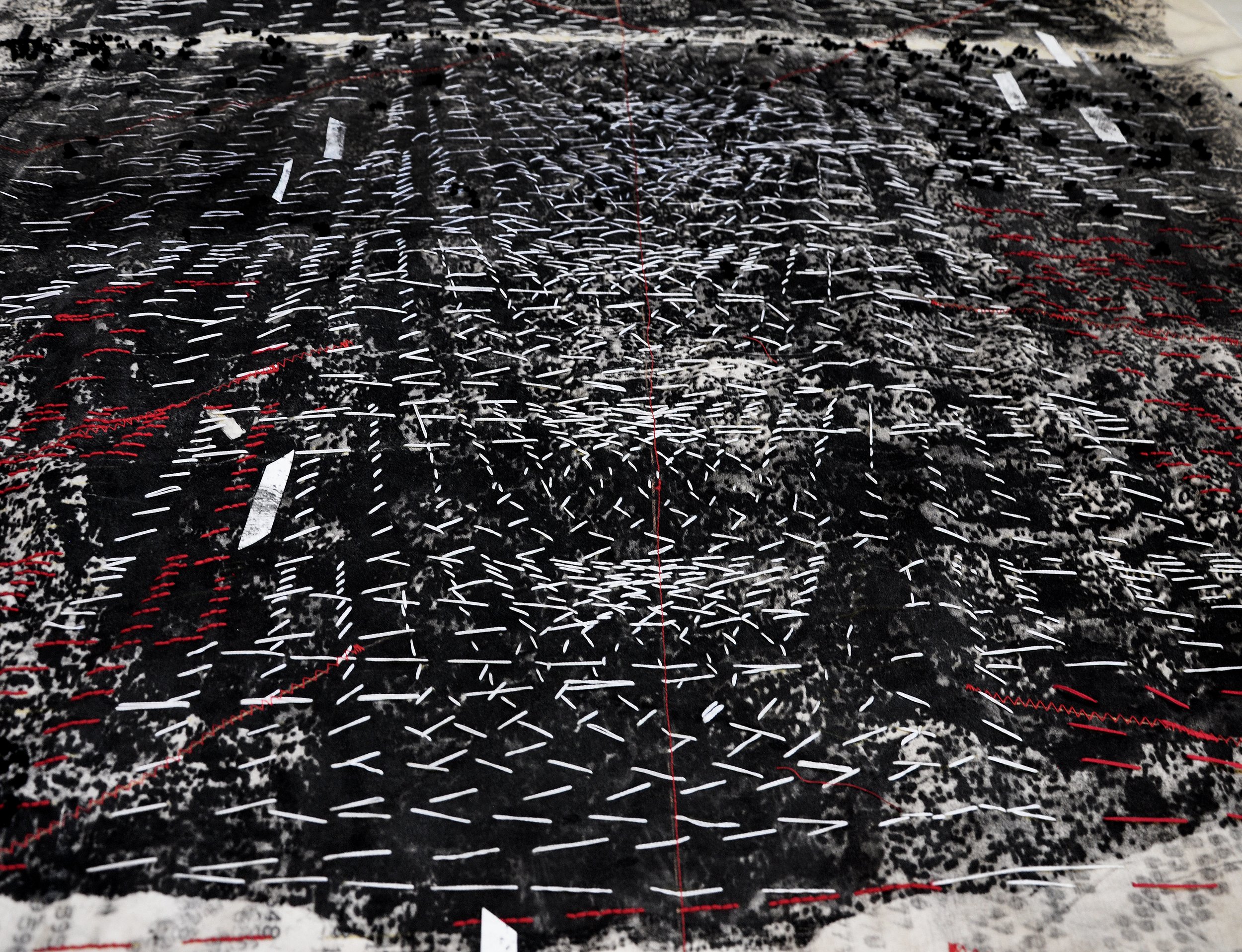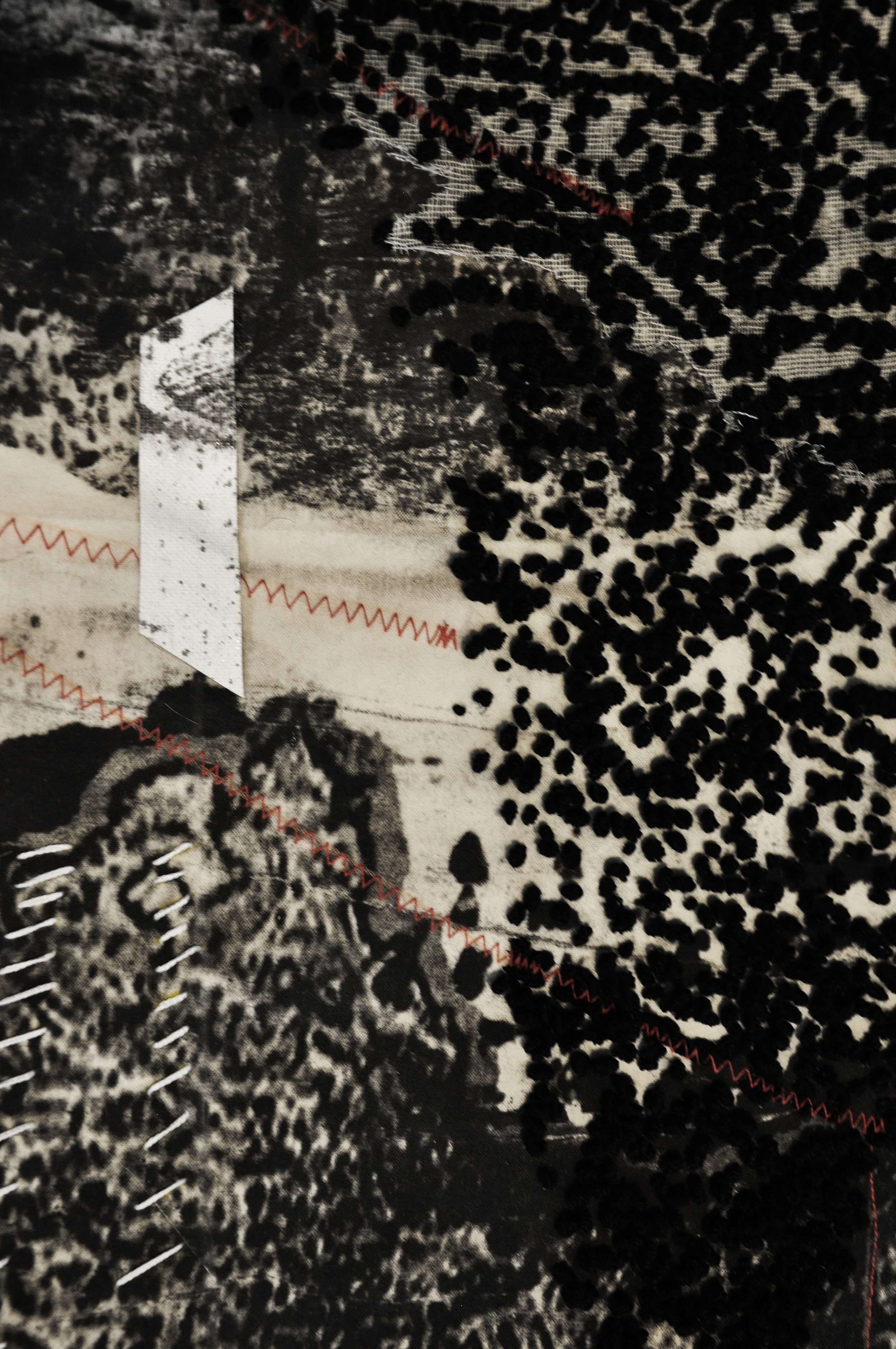
/ How to Disappear /
How to disappear 2022
The work reflects on the erasure of the informal, the unofficial, and the marginal in favor of building more exclusive islands of excessive consumption; The “Consumerist Utopia”.
Part of the project Island 861,
A breif,
The city – composed of boundaries, streets, buildings, and open fields – is a socio-political entity. The complexity of a place reflects and gives shape to its social, economic, and historical material and political formations.
An “island” within the city symbolizes the part of the city that is isolated from the sum. It is one spatial arrangement with intangible boundaries; its peripheries are guarded by concepts of exclusion and inclusion.
The research-based artistic project sheds light on a neighborhood in Amman, Hay al Qaysieh in Wadi Abdoun, a marginalized “informal” settlement that is being cleansed and demolished to open up the way for a new high-rise district to take shape instead. 861 is the plot number given to the semi-island in the valley where the demolition occurred.
The name ‘island' is symbolic of the perseverance of modernist utopias, and borrows the name from the fictional 'island' society in Greece by Sir Thomas More. Modernity justifies ‘destruction’ with 'progression', or as ‘the price of progress’.
The work reflects on the erasure of the informal, the unofficial, and the marginal in favor of building more exclusive islands of excessive consumption; The “Consumerist Utopia”.
Medium": Paper lithography on fabric, hand stitching and embroidery on fabric (Natural weavers & tarlatan Fabric) 260x120 cm
This piece is envisioned as a collage of maps; some fictional and others real. The backdrop shows a map imagined by the famous cartographer Abraham Ortelius for the “Utopian Island” by Sir Thomas More, digitally-manipulated by the artist, depicting a fictional non-existent place multiplied vertically to resemble the tower of fictional powers and exclusive islands. A map of “the others” in the city has been hand-stitched over the sketch, showing a part of the informal Ammani built landscape.
Each stitch is a plot or corner-demarcation. By making marks repetitively, the artist plays on the concept of rooting and uprooting, place and placelessness, connections and disconnections – all physically orchestrated with the thread and the hand.





















